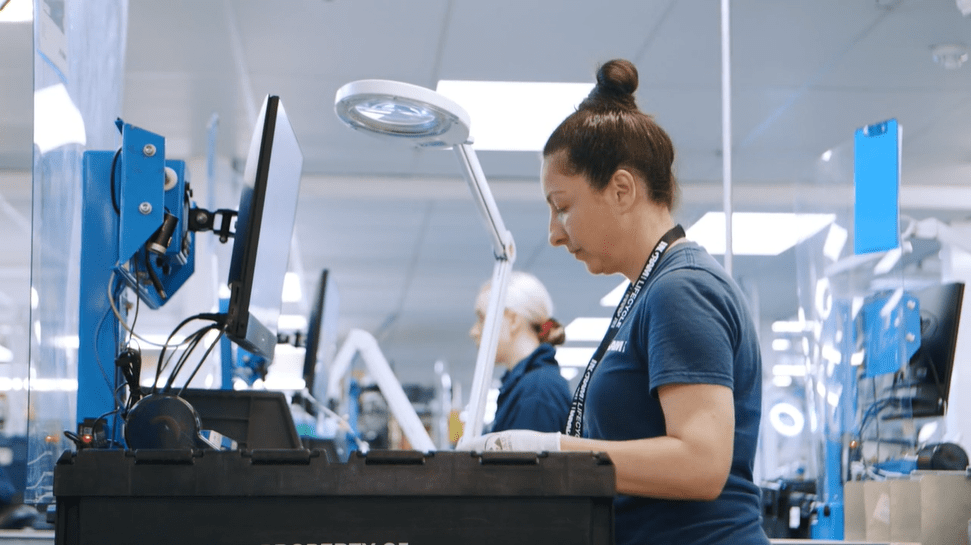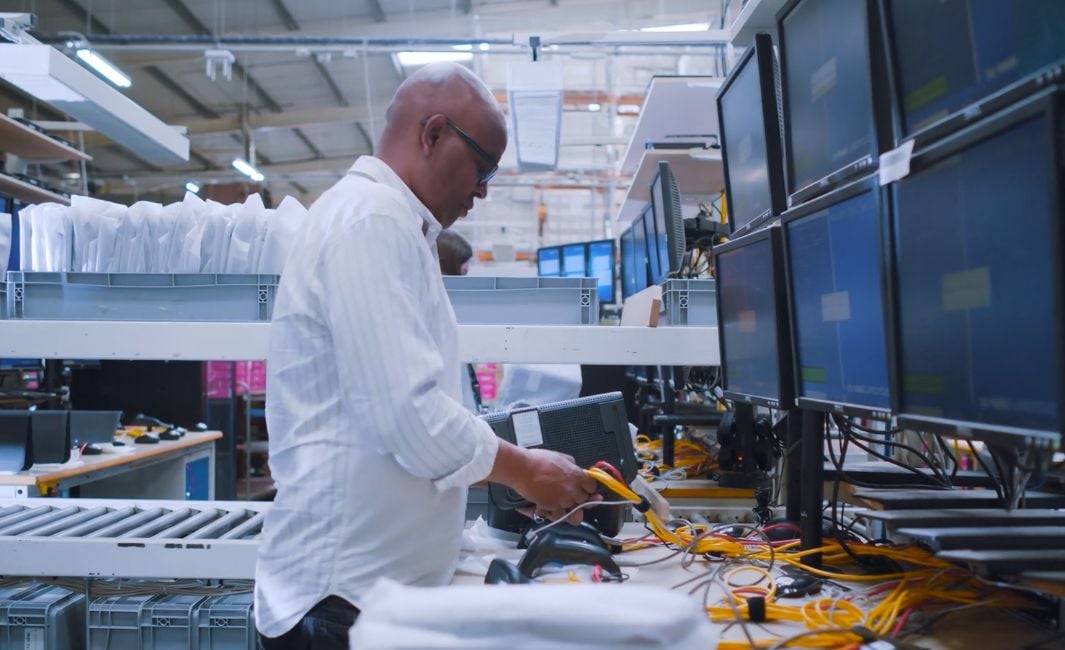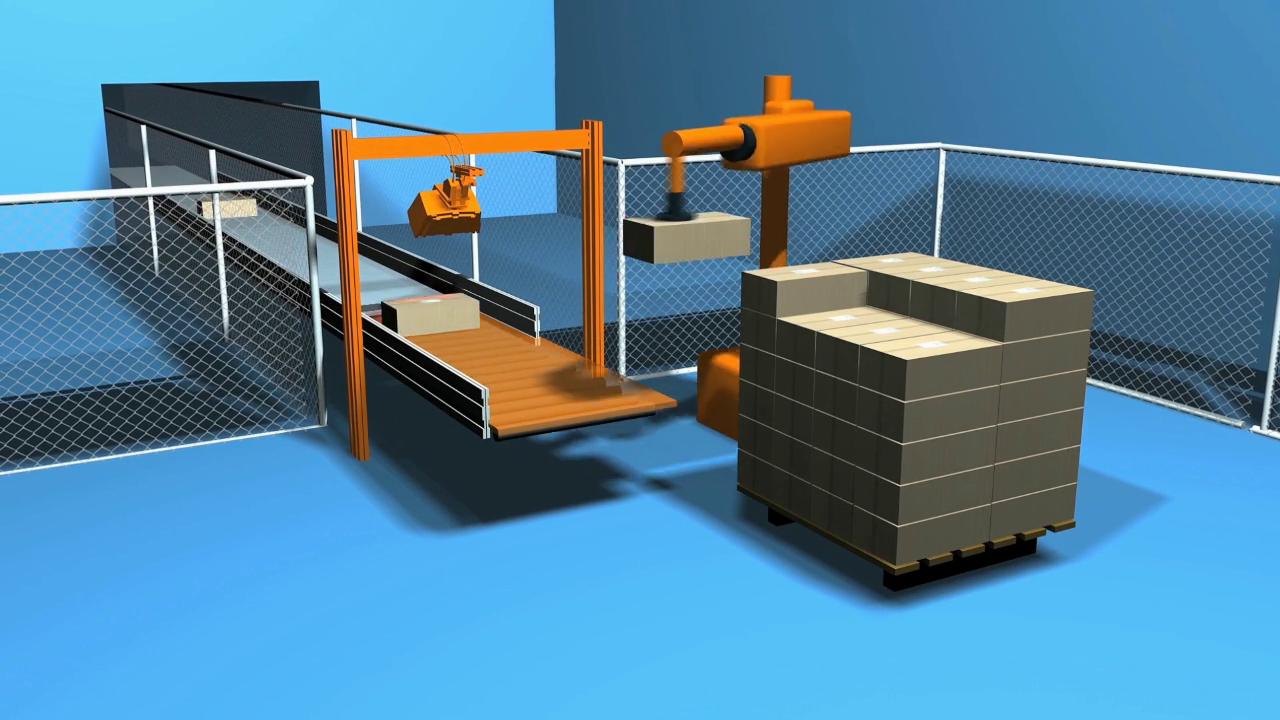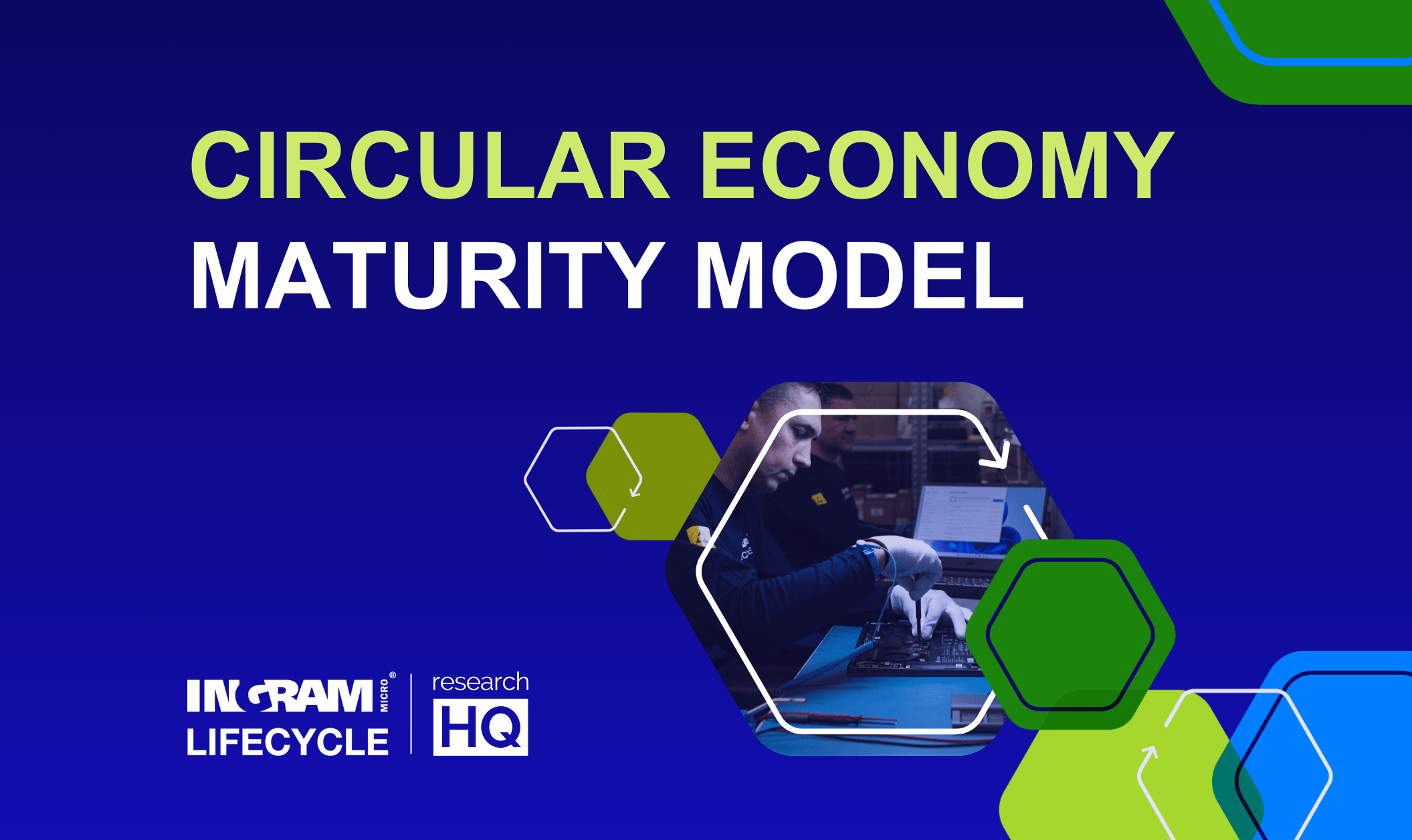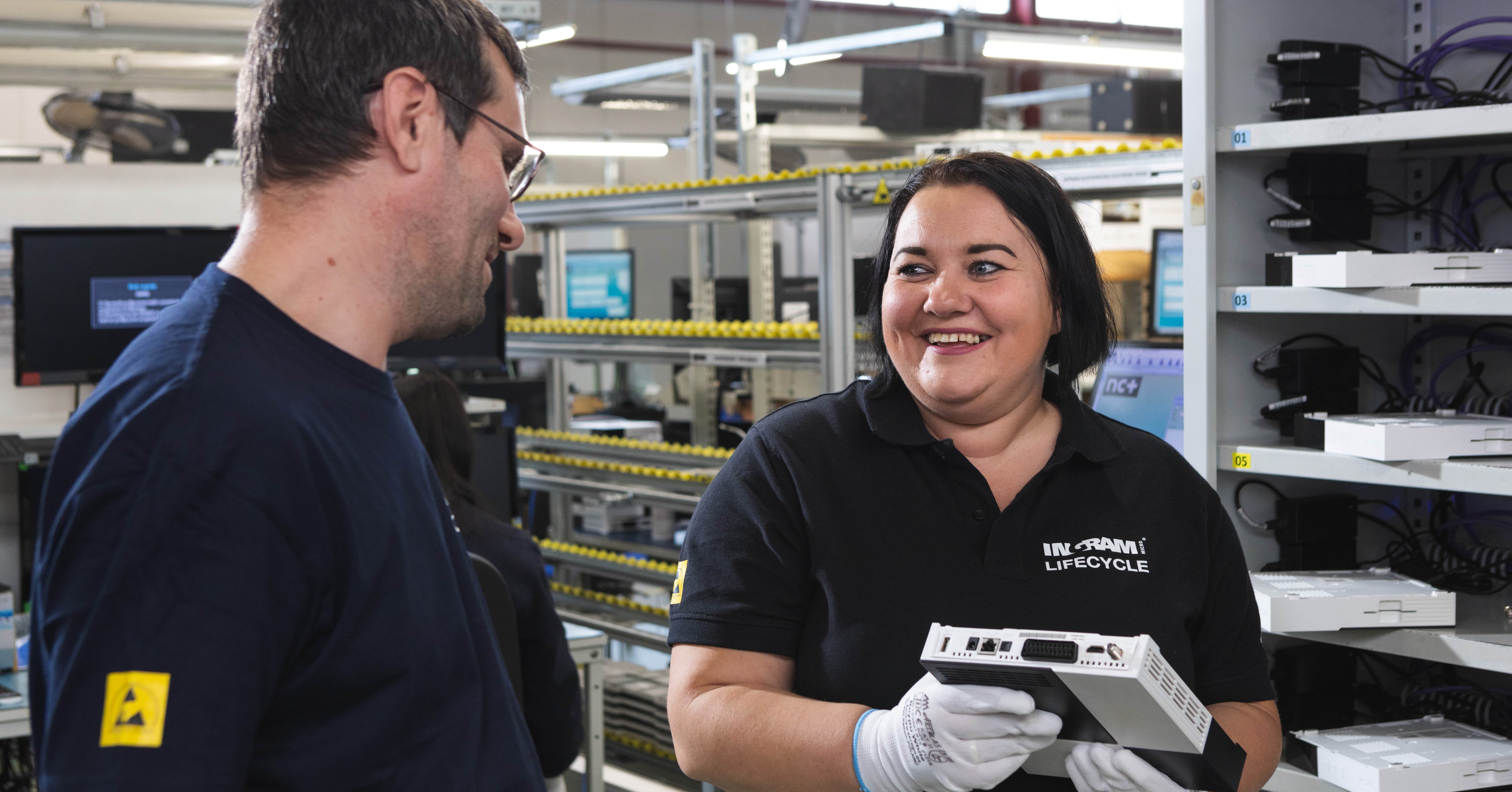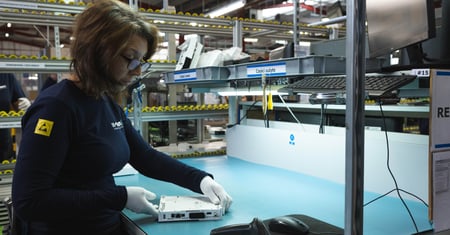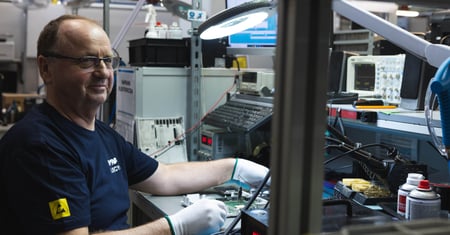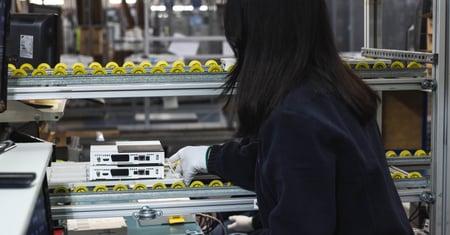Are you looking to maximize the useful life of Customer Premises Equipment (CPE), such as set-top boxes or routers, to satisfy customers and make cost efficiencies? Alternatively, maybe you want to decrease the volume of units you need to supply from new and want to explore supplying refurbished stock.
Ingram Micro Lifecycle supports a range of CPE manufacturers and providers with repair and refurbishment services. These ensure that customer demand is met whilst maximizing the useful life of units.
This article highlights the different CPE lifecycle stages and demonstrates the refurbishment opportunities available to manufacturers and network operators supplying this equipment.
The 4 main lifecycle stages of CPE
Examples of Customer Premises Equipment, or Customer Provided Equipment, include wi-fi routers and set-top boxes. It's estimated that the global wi-fi router market will exceed a value of $20 billion by 2027. The set top box market was valued at $25 billion in 2023.
The main life stages of CPE units can be broken down into the following four categories:
Introduction
This phase comes before the launch of the product. This is the time to explore product options and begin product development and manufacturing. The product enters the market for consumer use.
Growth
The customer base begins accepting the set-top box or router as units are delivered and received. The volume of customers builds up with increased customer demand for products. This leads to increased deliveries and higher demand for supply/manufacturing.
Maturity
Demand for the product begins to level off. Customers are satisfied with the service and/or product supplied. These either remain loyal and renew contracts or drop off, switching suppliers.
Decline
Demand for products decreases, perhaps following the introduction of new technologies or as customers demand something more from the service provision/product. Product returns face an influx, potentially at the end of their useful life.
Return and refurbishment triggers
There are several reasons why a customer can initiate the return of CPE. Once these returned units are assessed and graded, there may be ideal opportunities to conduct repair and refurbishment processes.
Contract cancellation – contract cancellations account for up to 70% of CPE returns each year. This occurs when the customer decides not to renew their contract and must return the CPE or they cancel within the contract cooling-off period.
Product fault – the CPE no longer performs as expected, arrives Dead on Arrival (DOA), or there’s a customer-perceived issue. The product fault may be a genuine issue with the hardware or a user error that prevents the equipment from performing to the required standard.
Model exchange or upgrade – the customer may be offered a newer set top box or router upon contract renewal or as a goodwill gesture. They return the older model when the new model is received.
Implementing refurbishment at the different stages
Throughout the four different lifecycle stages of CPE units, there are opportunities to initiate refurbishment practices.
Introduction
In this phase, you need to start considering how to refurbish the product in the future. While you can’t do any refurbishment because the product itself doesn’t yet exist or isn’t yet out on the market, you need to plan potential refurbishment and how to achieve this.
Design the product from the outset with sustainable refurbishment, repair, and recycling practices in mind. Alternatively, network operators could partner with OEMs (Original Equipment Manufacturers) that have considered this already.
Growth
Ensure your returns center can process the volume of returns. Train staff to accurately assess products and provide the technology to efficiently grade returns. Through efficient assessment, you’ll be able to determine what refurbishment is needed for each product to uplift the grade and improve the functionality to extend its useful life.
Introducing different automated refurbishment techniques will enable a seamless, efficient, and quick process. This ensures that products are turned around for reuse as quickly as possible.
There’s the opportunity to implement a spare parts inventory, either from external or internal sourcing. Where reuse of products isn’t viable, harvest suitable components for use in other units. Seek OEM accreditations to access a supply of genuine approved manufacturer parts for use.
Maturity
Repairs and refurbishment conducted here will be completed under the terms of the product warranty. Reuse parts harvested, including plastic covers, to minimize product waste and optimize costs. This is a more cost-effective solution than buying new parts. It’s more environmentally sustainable as there’s less pressure to manufacture new, leading to less CO2 emissions and mining of raw materials.
Decline
In this stage, you must optimize the refurbishment process to maximize product recovery. Conduct value analyses to reduce costs, determine opportunities for cost savings, and address deficiencies.
Continue monitoring your live parts inventory to remove any obsolete components and recycle these responsibly to reduce inefficient storage. Recycle any whole units or parts where these are no longer economically viable to use in refurbishment.
Extend the lifecycle of returned units through repair and refurbishment so these products can be re-used by another customer. This creates a supply of products that have been graded as suitable for use that’s an alternative to purchasing or manufacturing new.
Best practices for refurbishment of CPE
From our work in the technology market assisting CPE manufacturers and network operators, here are our recommended tips for making the most of your CPE refurbishment.
1. Aim for rapid turnaround time
Work quickly but efficiently to support the volume of units needed in the growth phase for deployment to your customers. You need quick processing to get the units back out into the market, fulfilling demand, and earning money. However, failing to work effectively may increase errors, such as faulty products being reissued.
2. Create high-quality processes
A returned unit should only need to be processed once. Ensure your repair and refurbishment processes are highly effective, delivered to a high standard, with great quality outputs. This aids customer satisfaction and limits connectivity downtime related to poor quality. Repeat refurbishment processes add to the costs associated with the product.
3. Foster product design feedback
Identify common product issues and work with the manufacturer to upgrade products or resolve issues with the device specification. Root cause analysis results of reoccurring issues can be fed into future product development and support in identifying issues within the manufacturing supply chain. It’s a win-win relationship – the manufacturer receives vital insight into issues to improve their product and their end users are more satisfied with the functioning outcomes.
4. Strive for innovation
Seek innovative solutions for repair and refurbishment that include non-invasive processes. Look for where automation can increase efficiencies and yield. Always consider the environmental benefits of your processes and constantly chase improvements. These will extend the lifecycle of the product, lowering product costs, and reducing the carbon footprint for the OEM.
Ready to refurbish your CPE?
There are lots of opportunities for refurbishment throughout the four stages of the CPE lifecycle, including for set top boxes and routers. Through these practices, you’ll encourage sustainable product use with the extension of the useful life of the product. You’ll also improve cost efficiencies while meeting supply as demanded by the market without being solely reliant on manufacturing new.
Ingram Micro Lifecycle supports manufacturers and network operators in the provision of CPE, handling the returns of these units as well as uplifting the function, extending their lifecycle so products can be re-used by the customer’s user base. Our experienced technicians get to the core of the product to truly understand where improvements can be made, not just to our own applied processes but to the product design too.
Get in touch with our team today to discuss how we can support your CPE returns.
Additional reading:
- Tips for getting the most from your returns management partner
- 4 automation improvements for reverse logistics
- Challenges when incorporating technology recovery & refurbishment
- 6 reasons to outsource rather than insource reverse logistics
- Returns management: how reverse logistics boosts customer satisfaction
- How to optimize reverse logistics for the 3 pillars of sustainability



